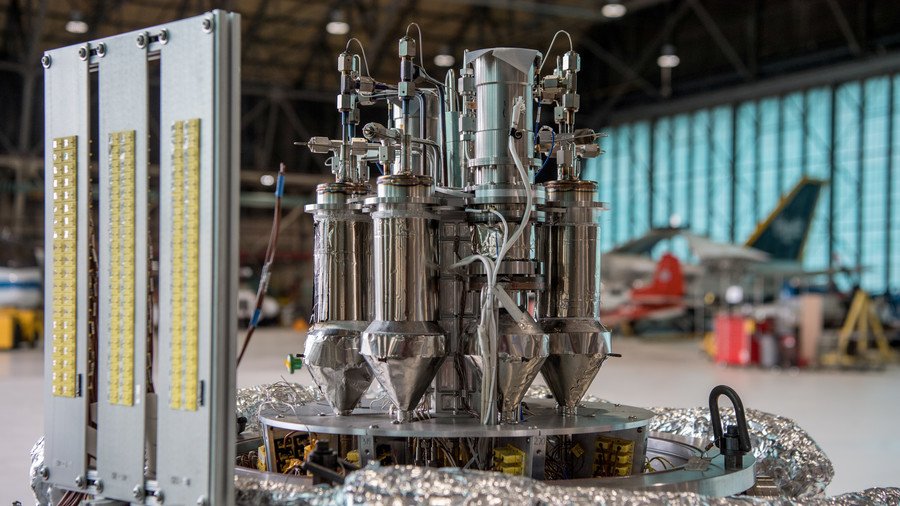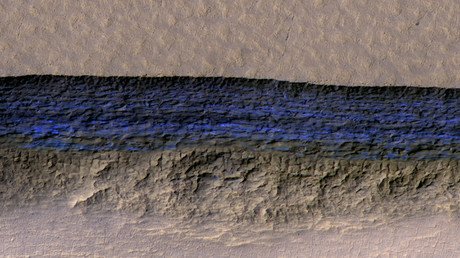Nukes on Mars? NASA tests reactor to sustain human life (VIDEO)

NASA has carried out successful tests on a compact nuclear reactor which the space agency hopes will be able to sustain human settlements on the moon, Mars, and beyond.
The reactor could power equipment to turn the Red Planet’s natural resources into water, oxygen and fuel. The agency, in conjunction with the US Department of Energy, announced the initial test results at a news conference in Las Vegas Thursday.
‘Kilopower’ is capable of generating up to 10 kw – more than enough to power an average US household. Such technology is key if humans want to maintain a longer stay on the moon than the Apollo astronauts, who visited the lunar surface a total of six times between 1969 and 1972.
Russia to develop space nuclear power plant to charge satellites via laser beam – reports https://t.co/gLpcdMmDZI
— RT (@RT_com) October 30, 2017
“Mars is a very difficult environment for power systems, with less sunlight than Earth or the moon, very cold nighttime temperatures, very interesting dust storms that can last weeks and months that engulf the entire planet,” NASA spokesman Steve Jurczyk said, as cited by Reuters.
“So Kilopower's compact size and robustness allows us to deliver multiple units on a single lander to the surface that provides tens of kilowatts of power,” he added.
Project lead Patrick McClure said the device creates new opportunities for astronauts working in extreme conditions. “A space nuclear reactor could provide a high energy density power source with the ability to operate independent of solar energy or orientation, and the ability to operate in extremely harsh environments, such as the Martian surface,” he said in a news release.
A full power test of Kilopower, which uses a uranium reactor not much bigger than a paper towel roll, is scheduled for the end of March, before it is ready to venture out into the stars.














